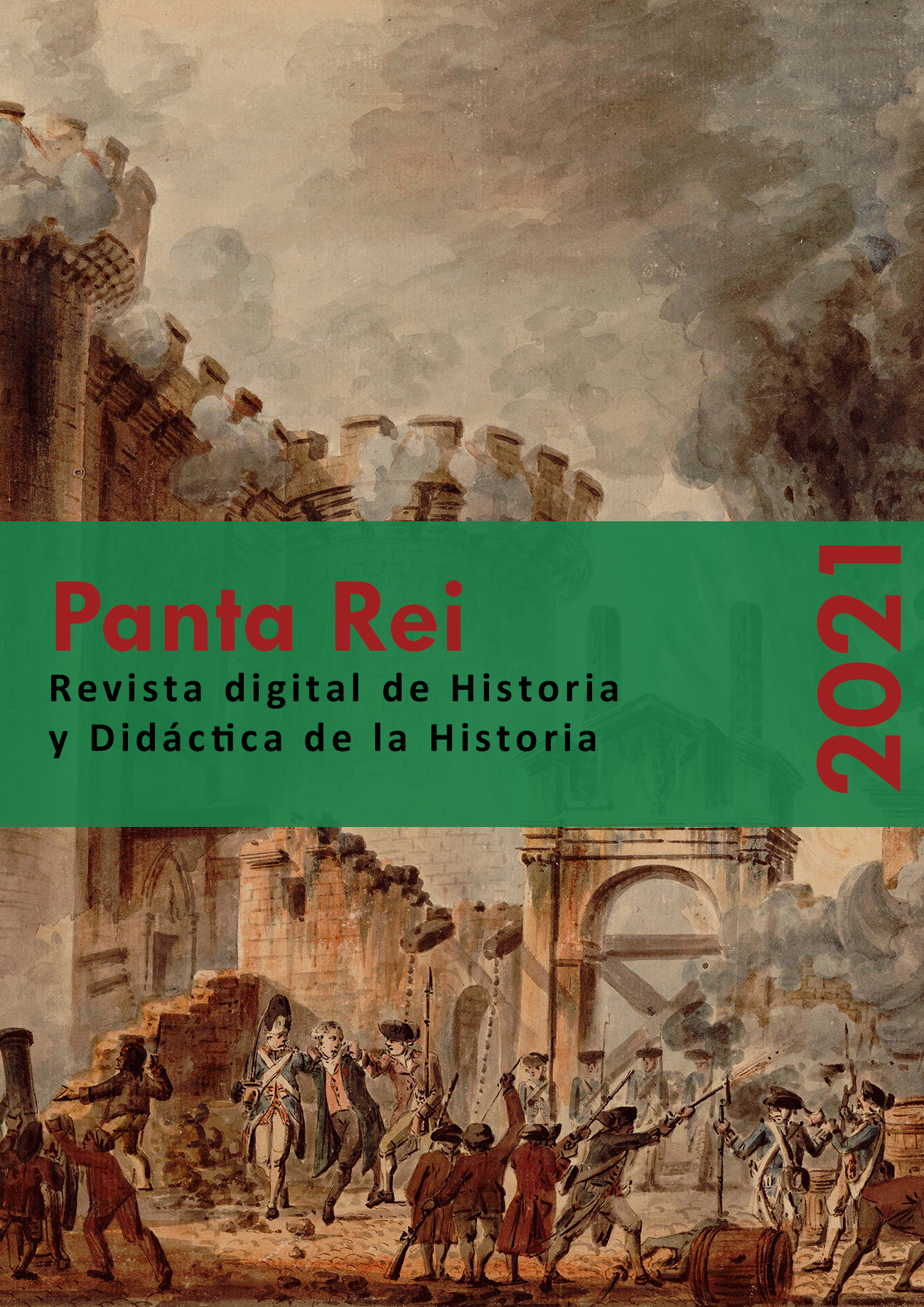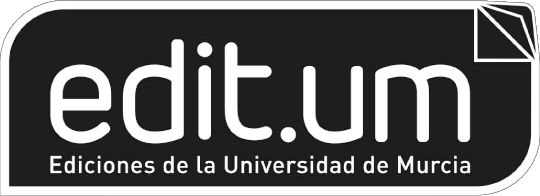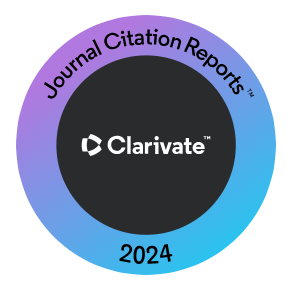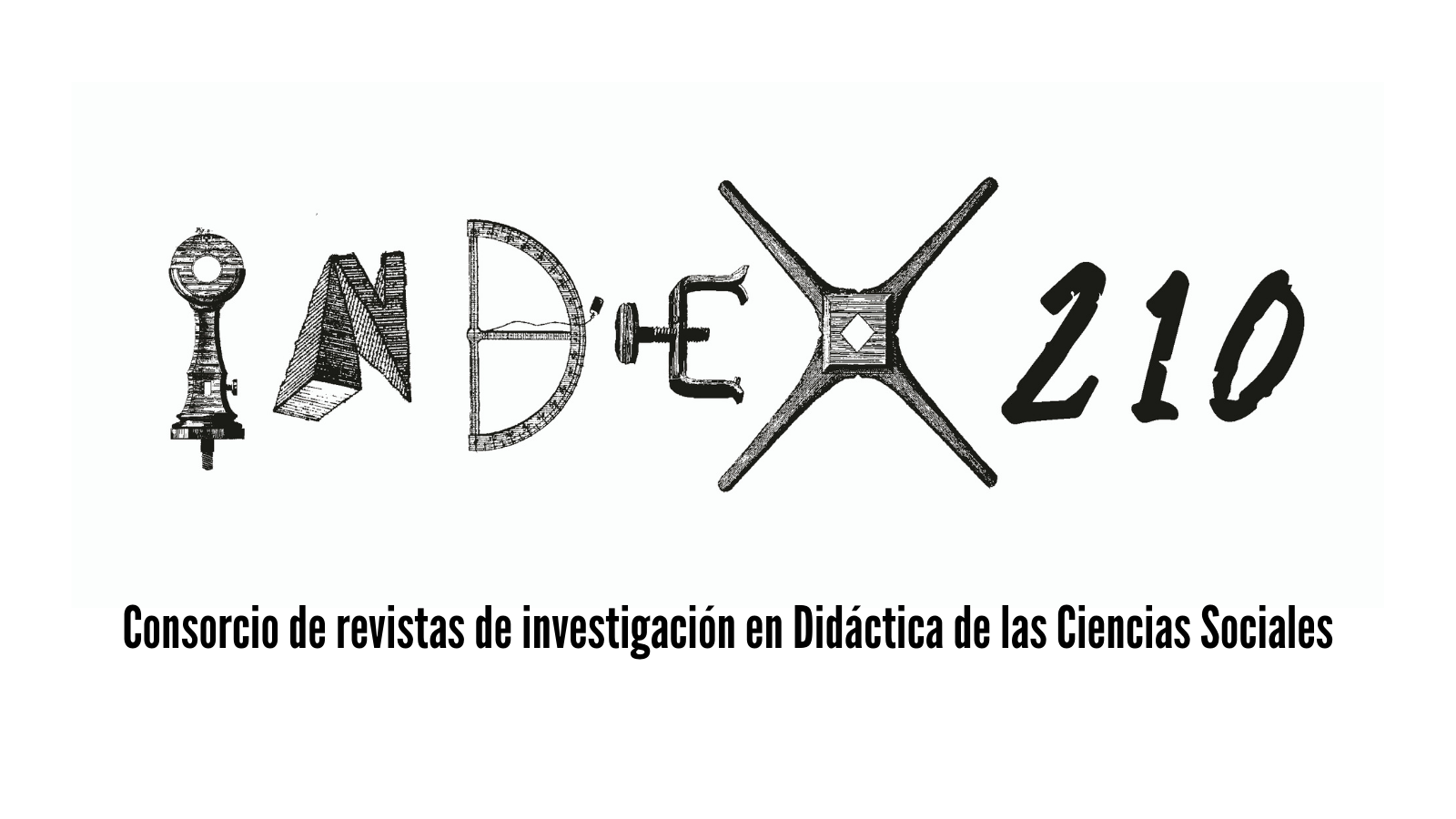Doing history for the common good. Interview to Linda S. Levstik
Abstract
This interview with Linda S. Levstik serves as a review of the evolution of the history and social sciences teaching approaches during the last four decades. Dr. Levstik is one of the key international figures in the area of history teaching throughout the last decades. Her books Doing History and Teaching History for the Common Good have become required reading not only in the US but also in the rest of the world. Since the beginning of the 80s of the 20th century, and thanks to the influence of several of her teachers, she opened a path of innovative approaches in history teaching, with a special focus on the youngest. Throughout the questionnaire, the interviewee depicts a perfect synthesis of her career and her way of understanding this discipline throughout time.
Downloads
-
Abstract1987
-
PDF (Español (España))1283
-
PDF1283
-
EPUB (Español (España))537
-
EPUB558
References
Arias-Ferrer, L., & Egea-Vivancos, A. (2019). Who changes the course of history? Historical agency in the narratives of Spanish pre-service primary teachers. History Education Research Journal, 16(2), 322-339. https://doi.org/10.18546/HERJ.16.2.11
Arias-Ferrer, L., Egea-Vivancos, A., & Levstik, L. S. (2019). Historical Thinking in the Early Years: The Power of Image and Narrative. En K. J. Kerry-Moran & J.-A. Aerila (Eds.), Story in Children’s Lives: Contributions of the Narrative Mode to Early Childhood Development, Literacy, and Learning (pp. 175-198). Springer International Publishing. https://doi.org/10.1007/978-3-030-19266-2_10
Barton, K. C., & Levstik, L. S. (2004). Teaching history for the common good. Lawrence Erlbaum Associates.
Barton, K. C., & Levstik, L. S. (2008). History. En J. Arthur, I. Davies, & C. Hahn (Eds.), The SAGE Handbook of Education for Citizenship and Democracy (pp. 355–366). SAGE Publications.
Blight, D. W. (2002). Race and reunion: the Civil War in American memory. Cambridge, Harvard University Press.
Bremner, R. H. (1960). American Philanthropy. The Chicago History of American Civilization (2nd ed.; 1988).
Bremner, R. H. (1980). The public good: Philanthropy and welfare in the Civil War era. Random House.
Bremner, R. H. (1996). Giving: Charity and Philanthropy in History. Transaction Publishers.
Colley, L. M. (2015). «Taking the stairs». To break the ceiling: Understanding students’ conceptions of the intersections of historical agency, gender equity, and action (PhD). University of Kentucky, Lexington. Recuperado a partir de http://uknowledge.uky.edu/edsc_etds/4
Goodlad, J. I. (1984). A place called school: Prospects for the future. McGraw-Hill Book Co.
Hallam, R. N. (1971). Piaget and Thinking in History. En M. Ballard (Ed.), New Movements in the Study and Teaching of History (2.a, pp. 162-178). Indiana University Press.
Henderson, A. G., & Levstik, L. S. (2016). Reading Objects. Children Interpreting Material Culture. Advances in Archaeological Practice, 4(4), 503-516. https://doi.org/10.7183/2326-3768.4.4.503
Hodder, I. (2012). Entangled: an archaeology of the relationships between humans and things. Wiley-Blackwell.
Levstik, L. S. (1981). The slaves remembered. The Columbus Dispatch Magazine.
Levstik, L. S. (1989). Historical Narrative and the Young Reader. Theory into Practice, 28(2), 114-119.
Levstik, L. S. (1993). Building a Sense of History in a First Grade Classroom. En J. E. Brophy (Ed.), Advances in Research on Teaching: Vol. 4. Research in Elementary Social Studies (pp. 1-31). Emerald Group Publishing Limited.
Levstik, L. (2018). Project Archaeology: Shotgun Shelter. Advancing the aims of history and archaeology education. En A. Egea, L. Arias & J. Santacana, Y la arqueología llegó al aula. La cultura material y el método arqueológico para la enseñanza de la historia y el patrimonio (pp. 181-194). Trea.
Levstik, L. S., & Barton, K. C. (2008). «They still use some of their past». Historical salience in elementary children’s chronological thinking. En L. S. Levstik & K. C. Barton (Eds.), Researching History Education: Theory, Method, and Context (pp. 108-147). Routledge.
Levstik, L. S., & Barton, K. C. (1997). Doing history: investigating with children in elementary and middle schools (First edition). L. Erlbaum Associates.
Levstik, L. S., & Henderson, G. A. (2016a, November). Project Archaeology: Investigating Housing as a Civic Issue. Paper presented at the Annual Meeting of the College and University Faculty Assembly, National Council for the Social Studies, New Orleans, LA.
Levstik, L. S. & Henderson, A. G. (2016b). A Human Dependence on Things: Fifth-Graders’ Conceptions of Human Intelligence, Innovation and Agency. In M.-A.Éthier & E. Mottet (dir.). De nouvelles voies pour la recherche et la pratique en Histoire, Géographie et Éducation à la citoyenneté. De Boeck.
Levstik, L. S., Henderson, A. G., & Lee, Y. (2014). The Beauty of Other Lives: Material Culture as Evidence of Human Ingenuity and Agency. The Social Studies, 105(4), 184–192. https://doi.org/10.1080/00377996.2014.886987
Levstik, L. S., Henderson, A. G., & Schlarb, J. S. (2008). Digging for clues: An archaeological exploration of historical cognition. En Researching History Education. Theory, Method and Context (pp. 393-407). Routledge.
Levstik, L. S., & Pappas, C. (1987). Exploring the development of historical understanding. Journal of Research and Development in Education, 21(1), 1-15.
Lowenthal, D. (1985). The past is a foreign country. Cambridge University Press.
Pappas, C., Kiefer, B. Z., & Levstik, L. S. (2006). An integrated language perspective in the elementary school ; an action approach (4th ed). Pearson Allyn and Bacon.
Shulman, L. (1987). Knowledge and Teaching: Foundations of the New Reform. Harvard Educational Review, 57(1), 1-23. https://doi.org/10.17763/haer.57.1.j463w79r56455411
Copyright (c) 2021 Laura Arias Ferrer, Alejandro Egea Vivancos

This work is licensed under a Creative Commons Attribution-ShareAlike 4.0 International License.
All the contents published in this journal are subject to an Attribution-ShareAlike 4.0 International (CC BY-SA 4.0) Creative Commons License. You are free to: Share — copy and redistribute the material in any medium or format, Adapt — remix, transform, and build upon the material, for any purpose, even commercially. Under the following terms:
Attribution — You must give appropriate credit, provide a link to the license, and indicate if changes were made. You may do so in any reasonable manner, but not in any way that suggests the licensor endorses you or your use.
ShareAlike — If you remix, transform, or build upon the material, you must distribute your contributions under the same license as the original.
Full text of the license is available in: Creative Commons License 












